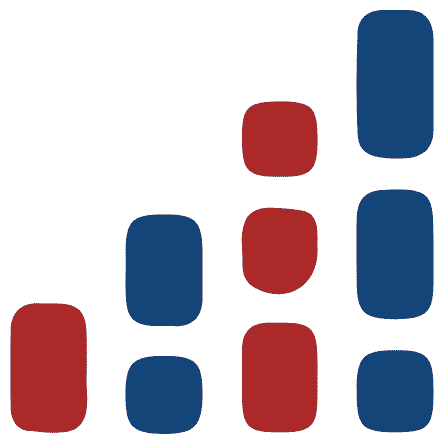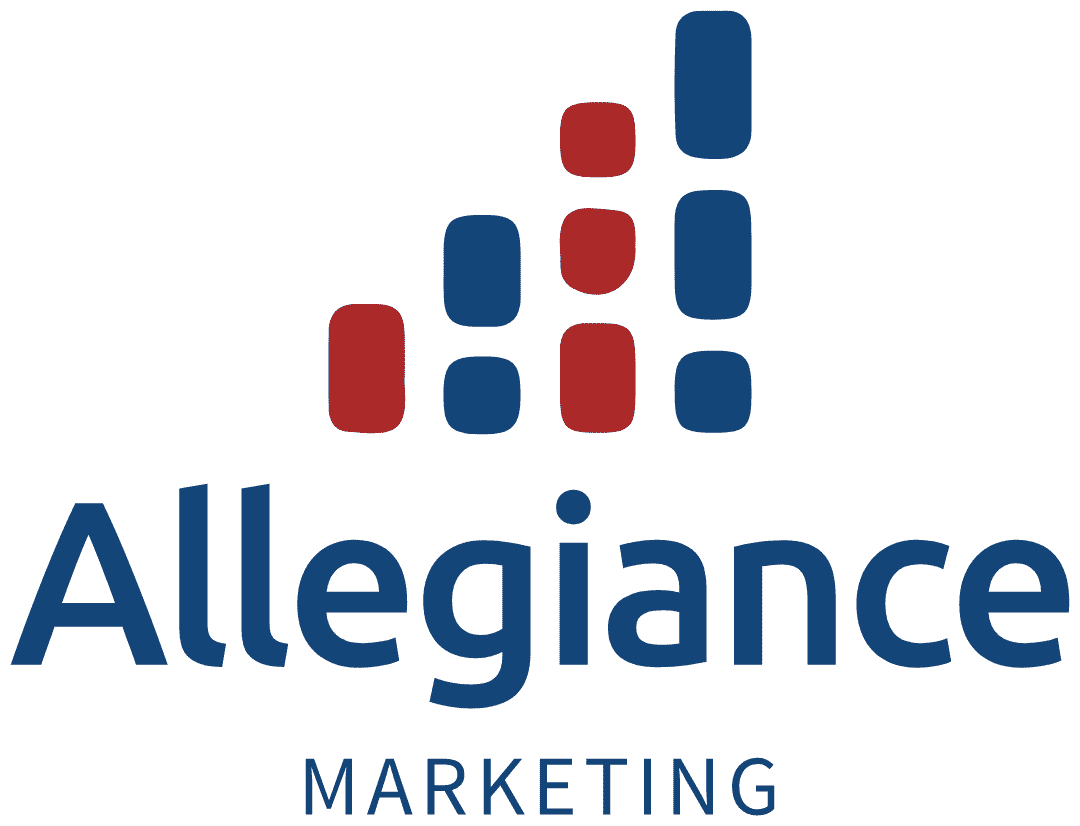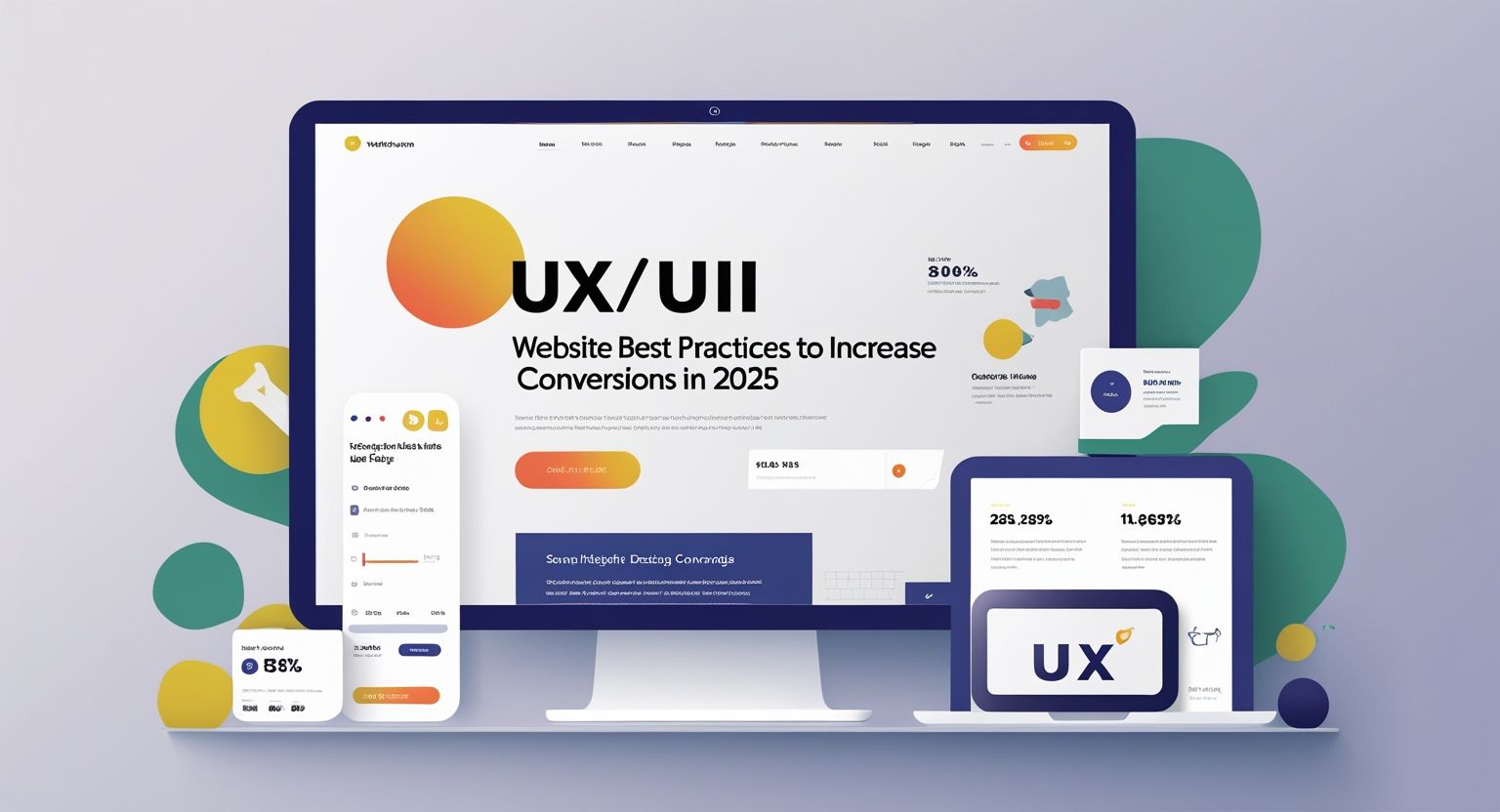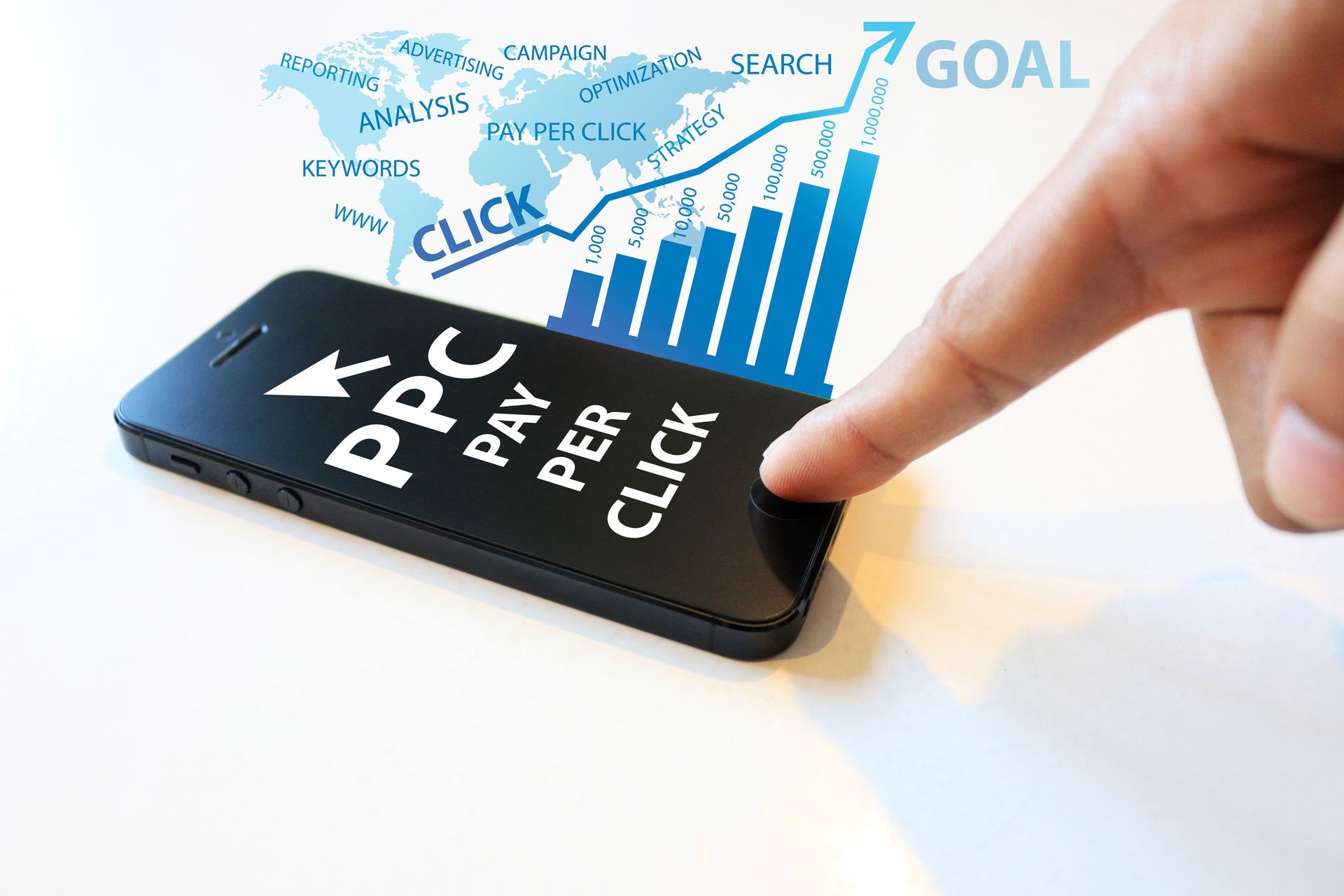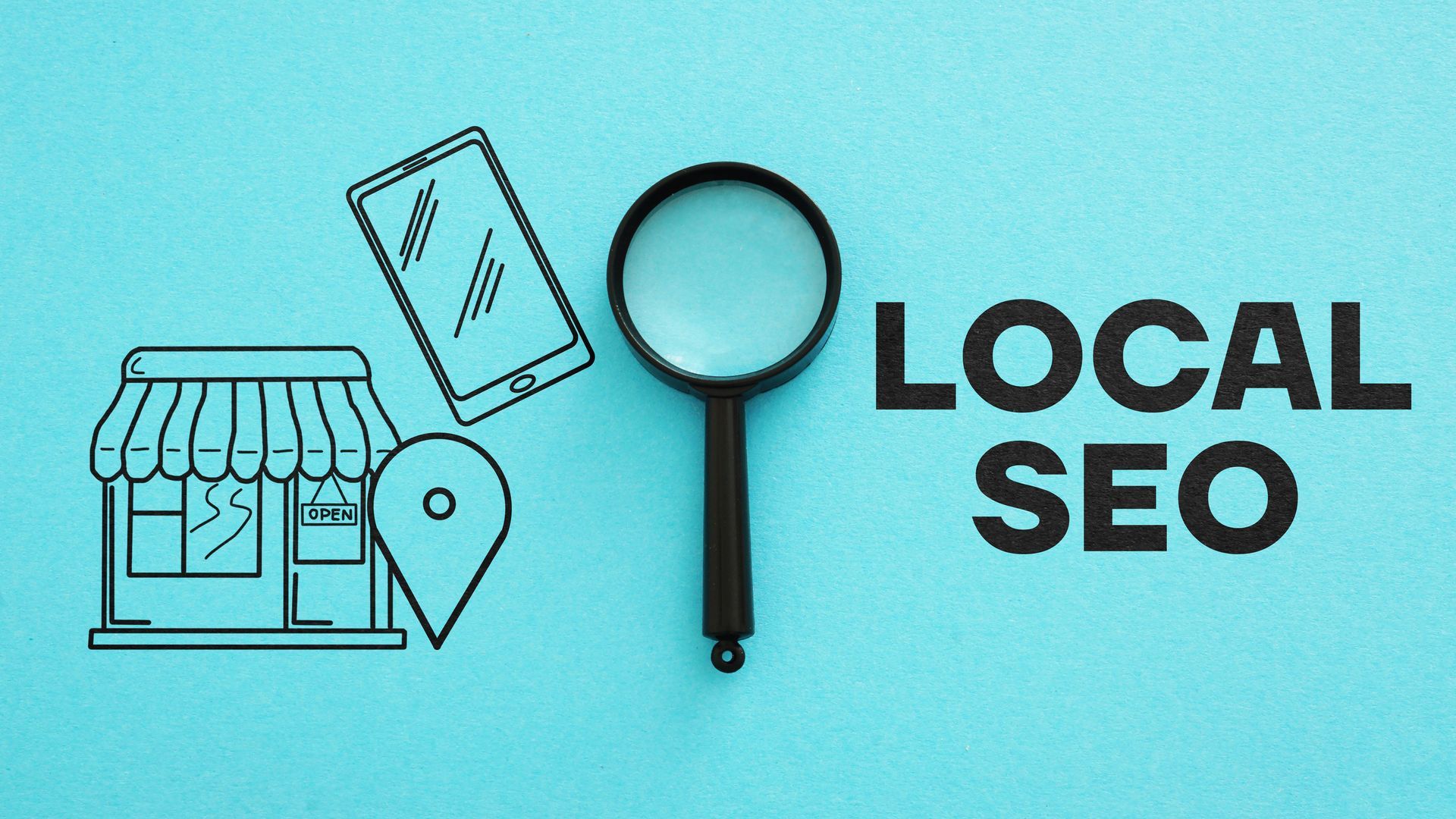B2B vs B2C Social Media: Which Strategy Wins?
Social media marketing isn't one-size-fits-all. The strategies that work for a software company selling to enterprises differ dramatically from those used by a clothing brand targeting teenagers. Understanding these differences can make or break your social media success.
The distinction between B2B and B2C social media strategies goes beyond just audience demographics. It touches every aspect of your approach, from platform selection to content creation, posting schedules, and engagement tactics.
Understanding Your Audience Fundamentals
B2B audiences make decisions based on logic, ROI, and business value. They're looking for solutions to workplace challenges, industry insights, and professional development opportunities. Decision-making typically involves multiple stakeholders and longer consideration periods.
B2C audiences are driven by emotions, personal desires, and immediate needs. They want entertainment, lifestyle inspiration, and quick solutions to everyday problems. Purchase decisions often happen impulsively or within shorter timeframes.
Platform Selection Strategy
LinkedIn dominates B2B marketing with its professional focus and targeting capabilities. Facebook and Twitter serve as secondary platforms for thought leadership and industry discussions. Instagram works well for company culture content and behind-the-scenes glimpses.
B2C brands thrive on visual platforms like Instagram, TikTok, and Pinterest. Facebook remains valuable for community building and customer service. Twitter works for real-time engagement and brand personality showcasing.
Content Approach Differences
B2B content should educate and inform. Share industry reports, case studies, how-to guides, and thought leadership articles. Focus on solving business problems and demonstrating expertise. Professional tone with occasional personality works best.
B2C content needs to entertain and inspire. Create lifestyle content, user-generated posts, behind-the-scenes videos, and trending content.
Emotional storytelling and relatable experiences drive engagement more than technical specifications.
Timing and Frequency Strategies
B2B audiences engage during business hours, particularly Tuesday through Thursday. Morning posts (8-10 AM) and early afternoon (1-3 PM) typically perform best. Quality over quantity matters more than frequent posting.
B2C audiences are active during evenings and weekends. Peak engagement often occurs around 6-9 PM when people wind down from work. Consistent daily posting keeps your brand top-of-mind during purchase decisions.
Measuring Success Differently
B2B metrics focus on lead generation, website traffic, and sales pipeline influence. Track white paper downloads, webinar registrations, and LinkedIn connection requests. Long-term relationship building matters more than viral moments.
B2C success comes from brand awareness, engagement rates, and direct sales conversion. Monitor likes, shares, comments, and click-through rates to e-commerce platforms. Viral content can significantly impact brand recognition and sales.
Choosing Your Path Forward
Your industry, target audience, and business goals should guide your social media strategy selection. B2B companies benefit from educational content and professional networking, while B2C brands need engaging, shareable content that drives immediate action.
Success in either approach requires consistent execution, authentic engagement, and regular strategy refinement based on performance data. The right social media strategy can transform your business growth when aligned with your audience's expectations and behaviors.
Looking to elevate your social media strategy and drive real results?
At
Allegiance Marketing, we specialize in creating tailored, data-driven strategies that align with your goals and connect you with your audience.
Contact us today to discover how we can help transform your online presence and grow your business!
